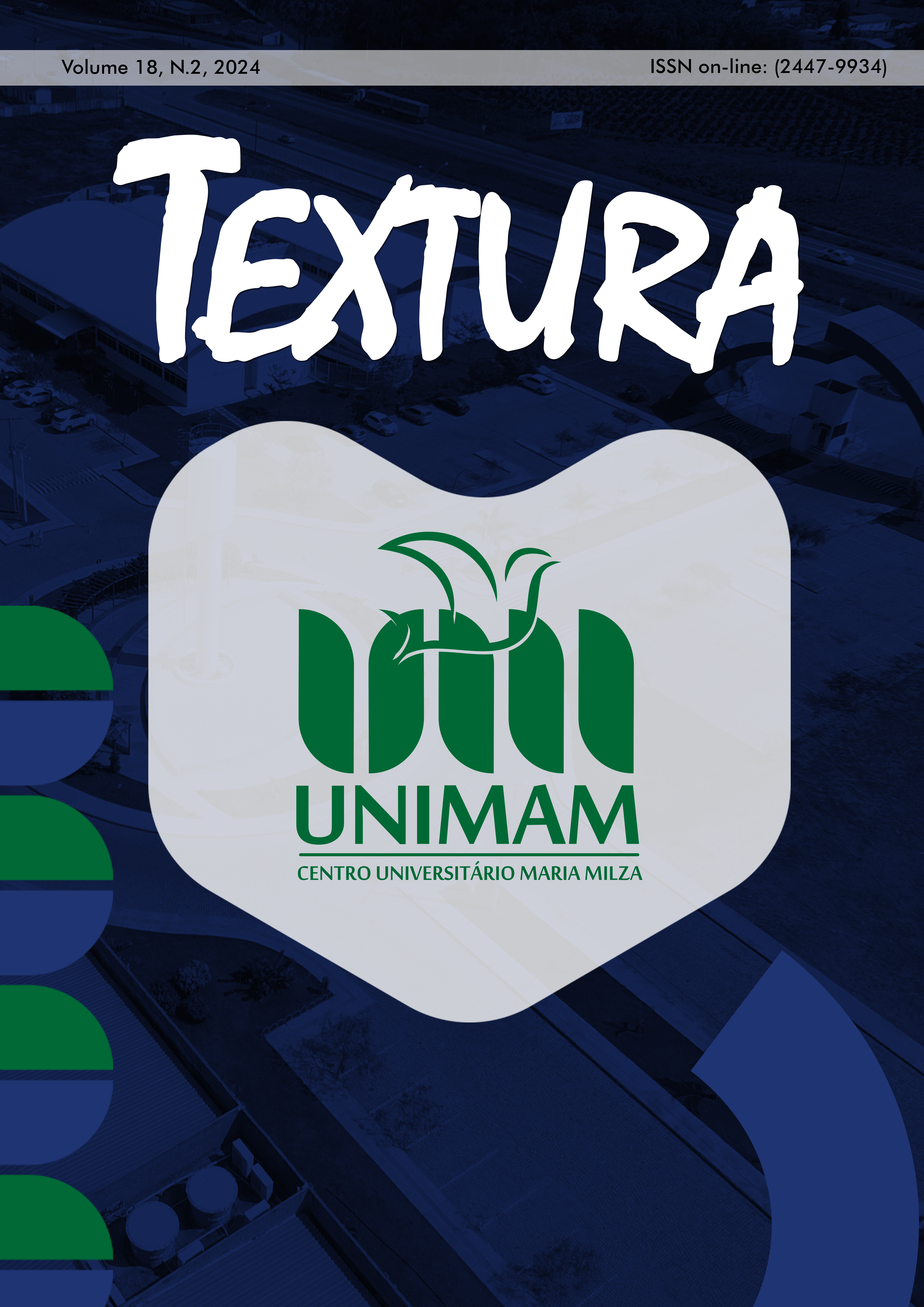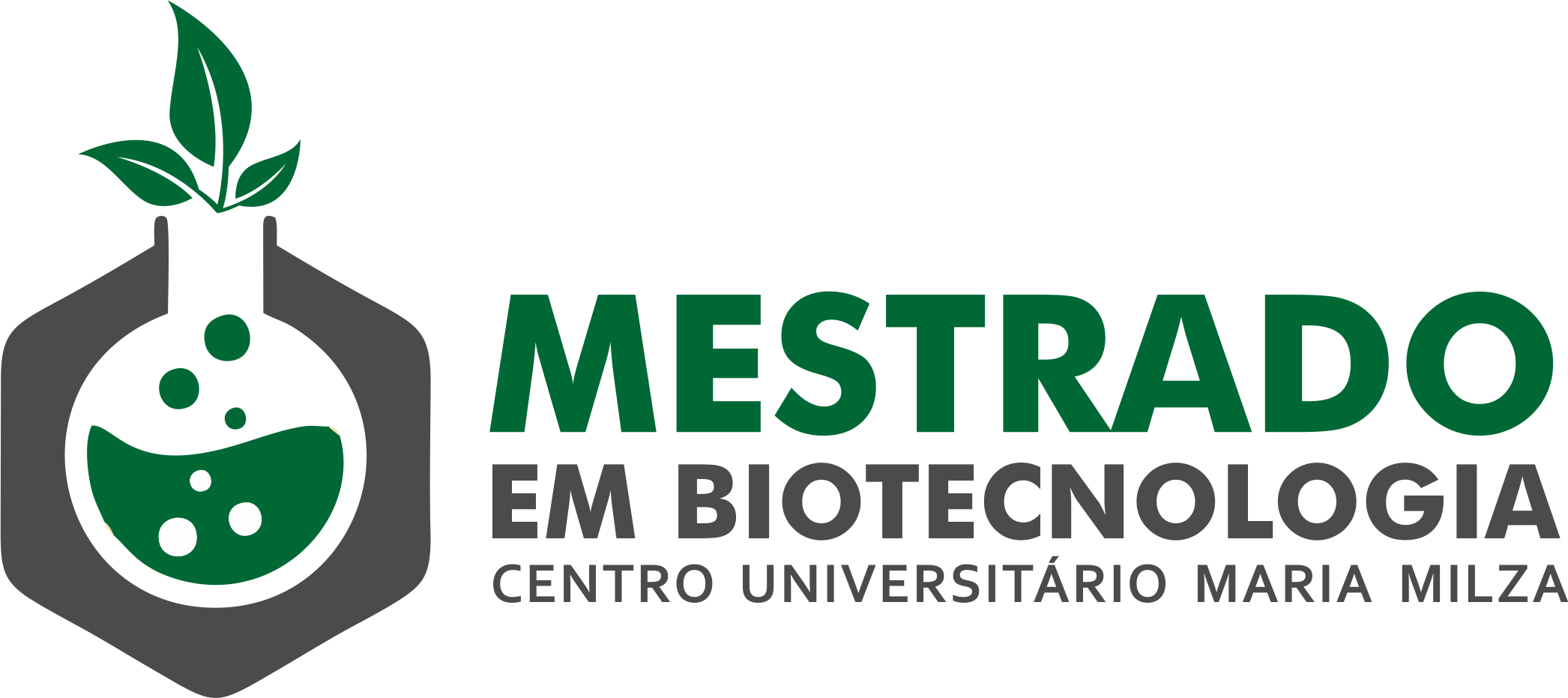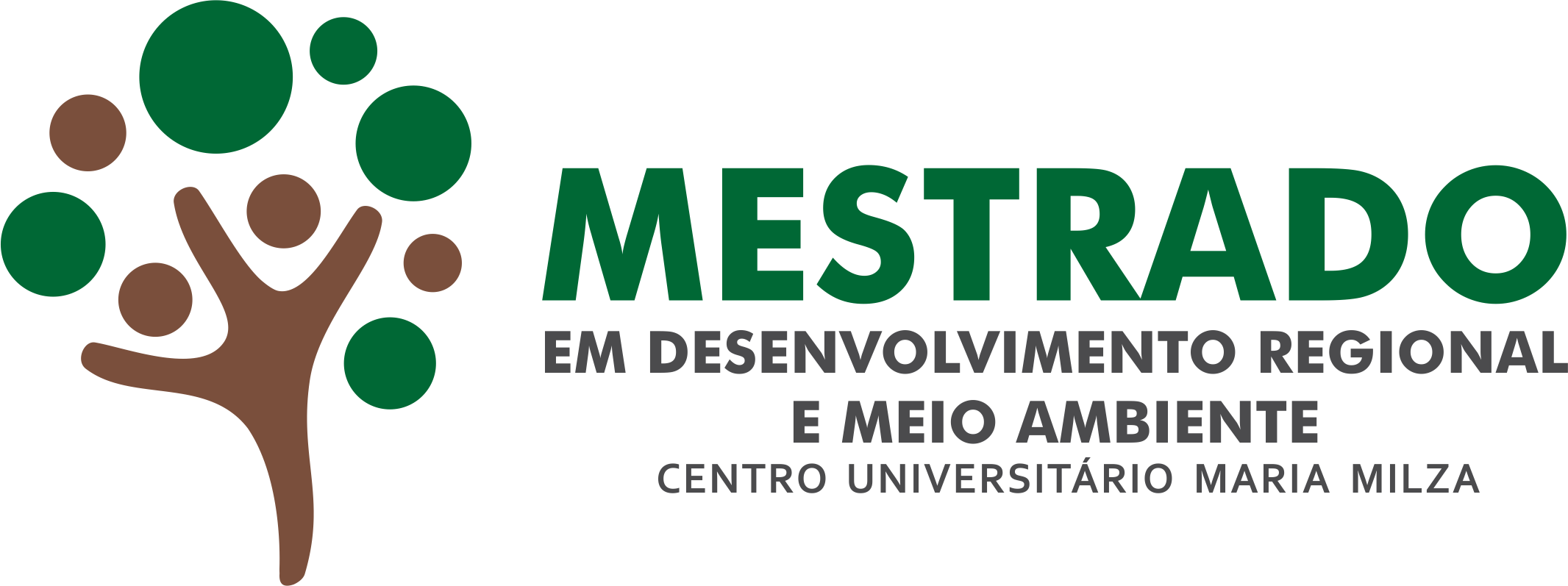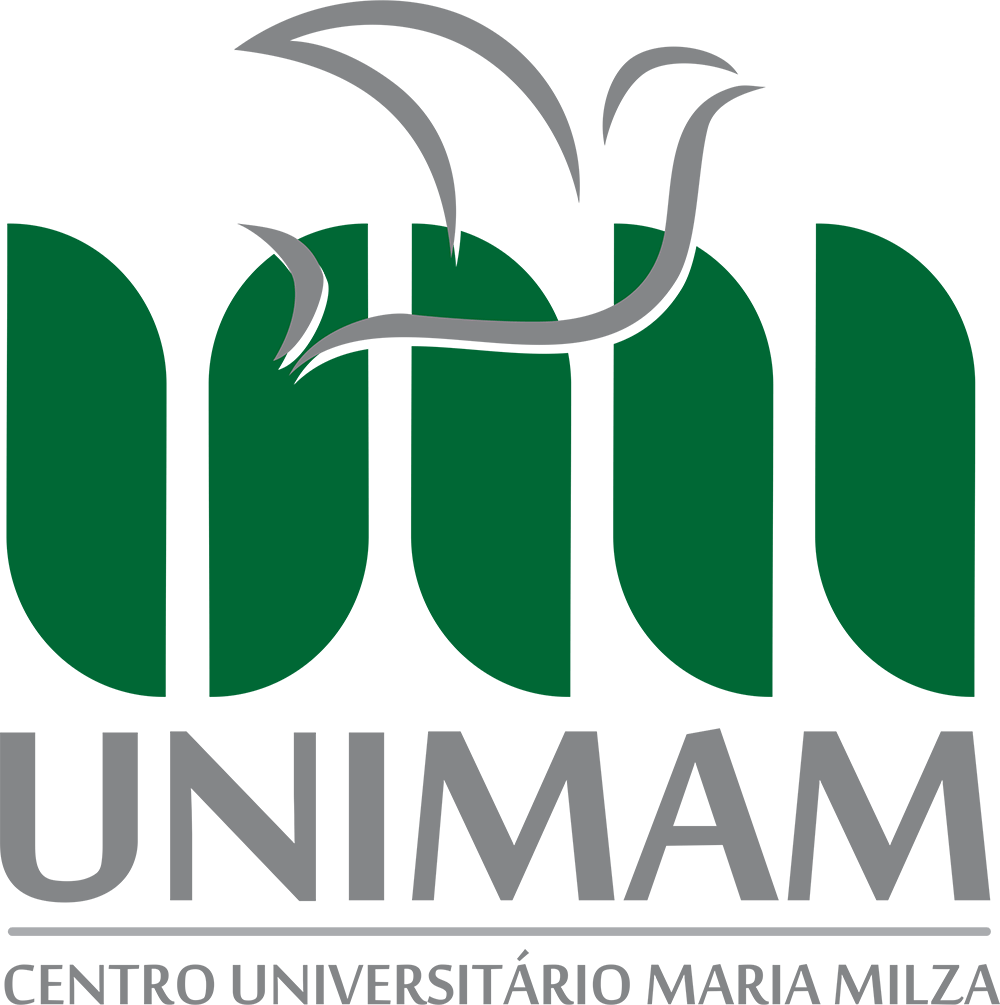Exploring Informal Spaces: Promoting Scientific Literacy and Critical Thinking in Elementary School Children
DOI:
https://doi.org/10.22479/texturav18n2p76_93Keywords:
scientific literacy, non-formal spaces, elementary education, critical thinkingAbstract
The increasing use of informal spaces has been highlighted in scientific literacy and the development of critical thinking among elementary school children. Educational environments, such as museums, parks, and science centers, offer interactive experiences that complement the school curriculum. However, there are gaps in the understanding of how to integrate these practices into the educational context. In view of this, the objective of the present study sought to investigate how activities in informal spaces can promote scientific literacy among children/adolescents in elementary school I and II, encouraging curiosity and critical thinking. To this end, an integrative literature review was carried out. Articles were searched in the Web of Science and CAPES databases over the last five years, resulting in the identification of 39 articles. After analyzing the titles and abstracts, 12 were selected for full reading, and 5 were included in the final sample, meeting the research objective. The results highlight the importance of spaces such as museums and botanical gardens in promoting curiosity and critical thinking, in addition to facilitating meaningful scientific experiences. There is a gap in the literature on the connection between these spaces and scientific literacy, indicating the need for further studies. Educators face challenges in implementing scientific literacy, highlighting the importance of support and training.
Downloads
Downloads
Published
How to Cite
Issue
Section
License
The authors grant copyright on an approved manuscript with exclusive publication for Texture Journal in electronic format, including figures/ illustrations and content for the dissemination of the article, including on the social networks of the Texture Journal.











